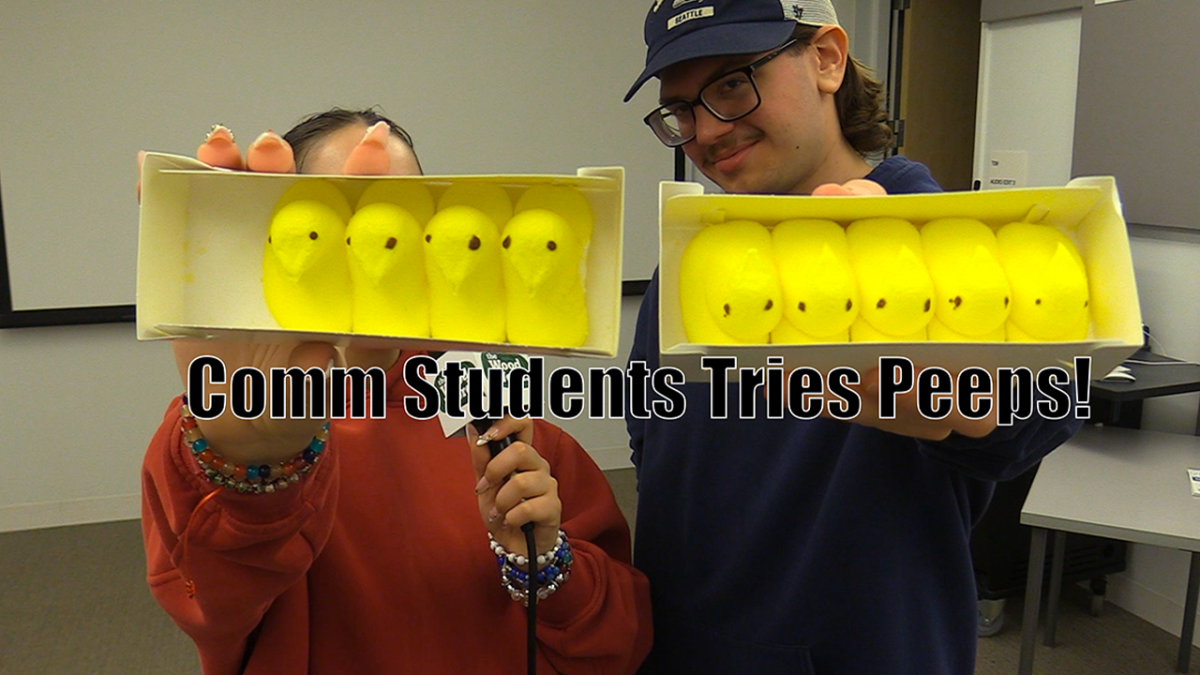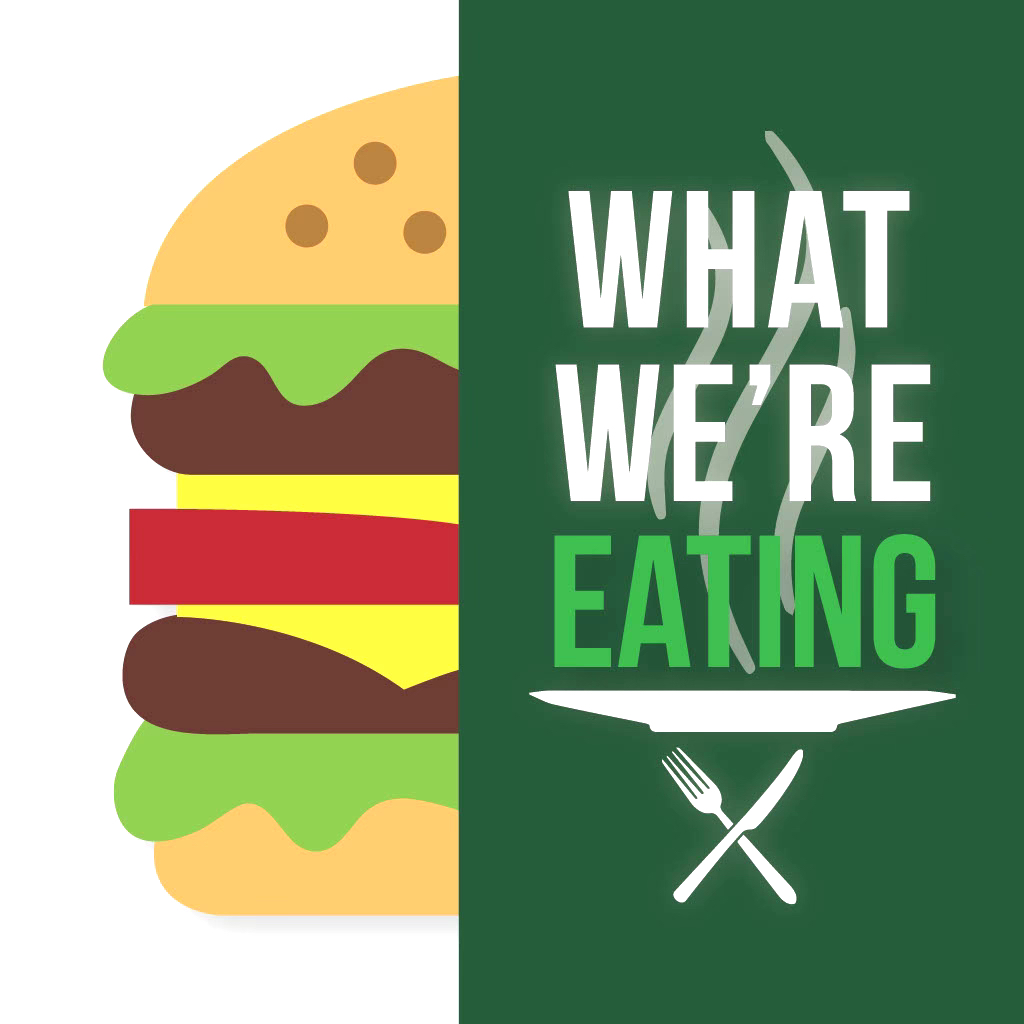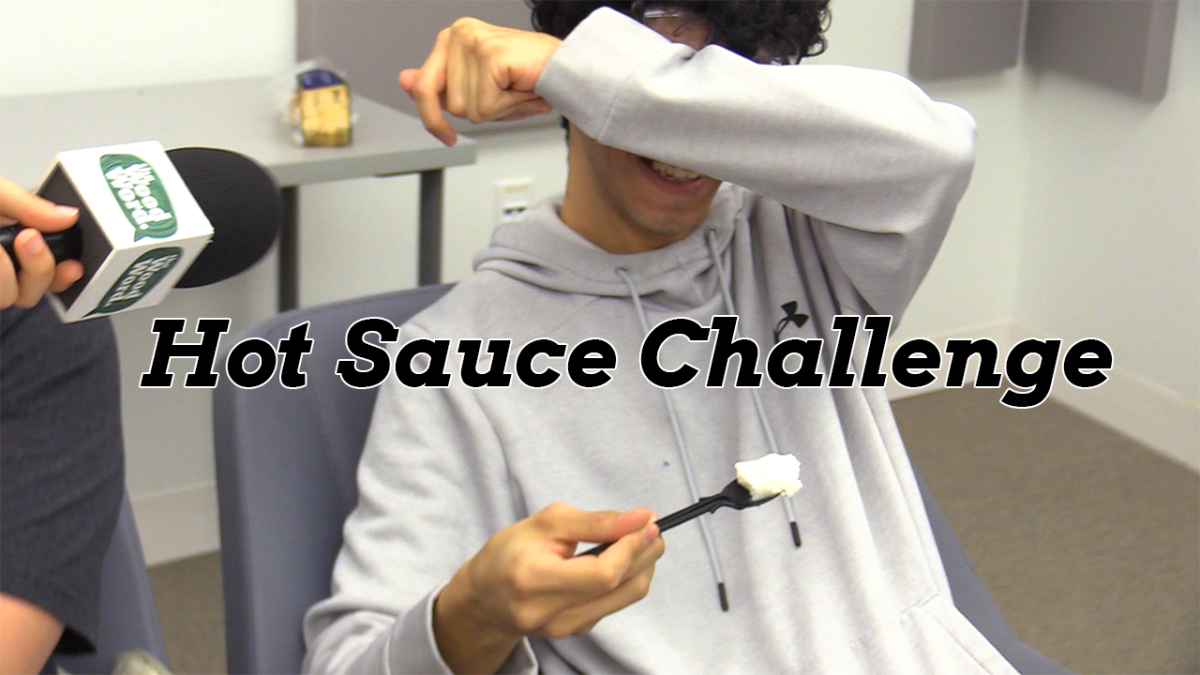Alison Trautmann
Editor-in-Chief
Stacks of books giving off that slightly musty and papery scent that lets you know that you are in a library. But how long will this image of a library last? Some people are predicting that paperless libraries will soon be replacing their analog counterparts.
There are benefits and disadvantages to paperless libraries. Digital items are accessible twenty four hours, seven days a week. It is cheaper and easier to acquire electronic sources for both the user and the library. For example, Marywood library users have the ability to access over 20,000 electronic journals. The electronic copies also enable multiple users to use the same item at the same time.
However, there are difficulties in creating paperless libraries. Copyright will affect how materials can be digitized and new books are being printed and written all of the time. It is a daunting task to catch up to the many printed materials that already exist while still digitizing future books.
Digital books have the advantage of taking up less physical space as well as using less paper, however Schappert pointed out that libraries will never be truly paperless because the paper will appear somewhere eventually. The only question is where the paper will be residing, in the user’s printer or in the stacks of the library. As nice as digital copies are, it is nice to have the paper in your hand and it is usually easier to read on paper rather than a computer screen.
“Librarians have always been the guardians of the book” said Cathy Schappert, Director of Library Services but libraries and librarians try to be responsive to their user’s needs, Schappert believes that academic libraries have done this very well. They are developing e-book collections to complement book collections and helping their patrons access the materials they need. “Materials or the physical items are no longer the main focus” says Schappert, “the user becomes the center of the library.”
Marywood’s library was built in 1968 and was intended as a storage container but the new goal of the library is to focus on the user. Marywood has been talking about an idea called the “New Learning Commons” for a few years now and no concrete decision has been made, says Schappert. Lots of research has been done as to discovering what people expect out of their library. The library has collaborated with faculty and students in order to improve their services now and in the future.
As for me, I am a lover of the printed page. There is absolutely nothing in the world like a real book and I believe that those will never go out of style. You certainly can’t curl up in an armchair with a computer screen in the same way as you can with a book.










